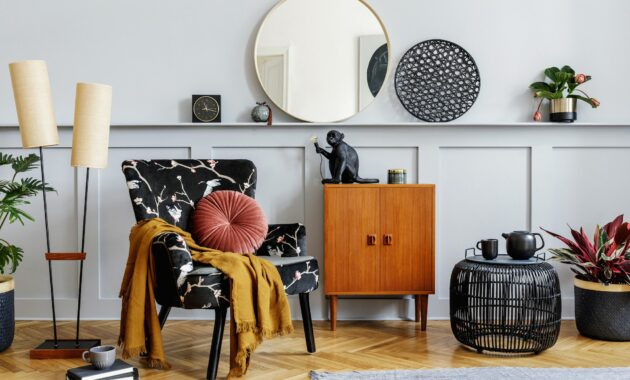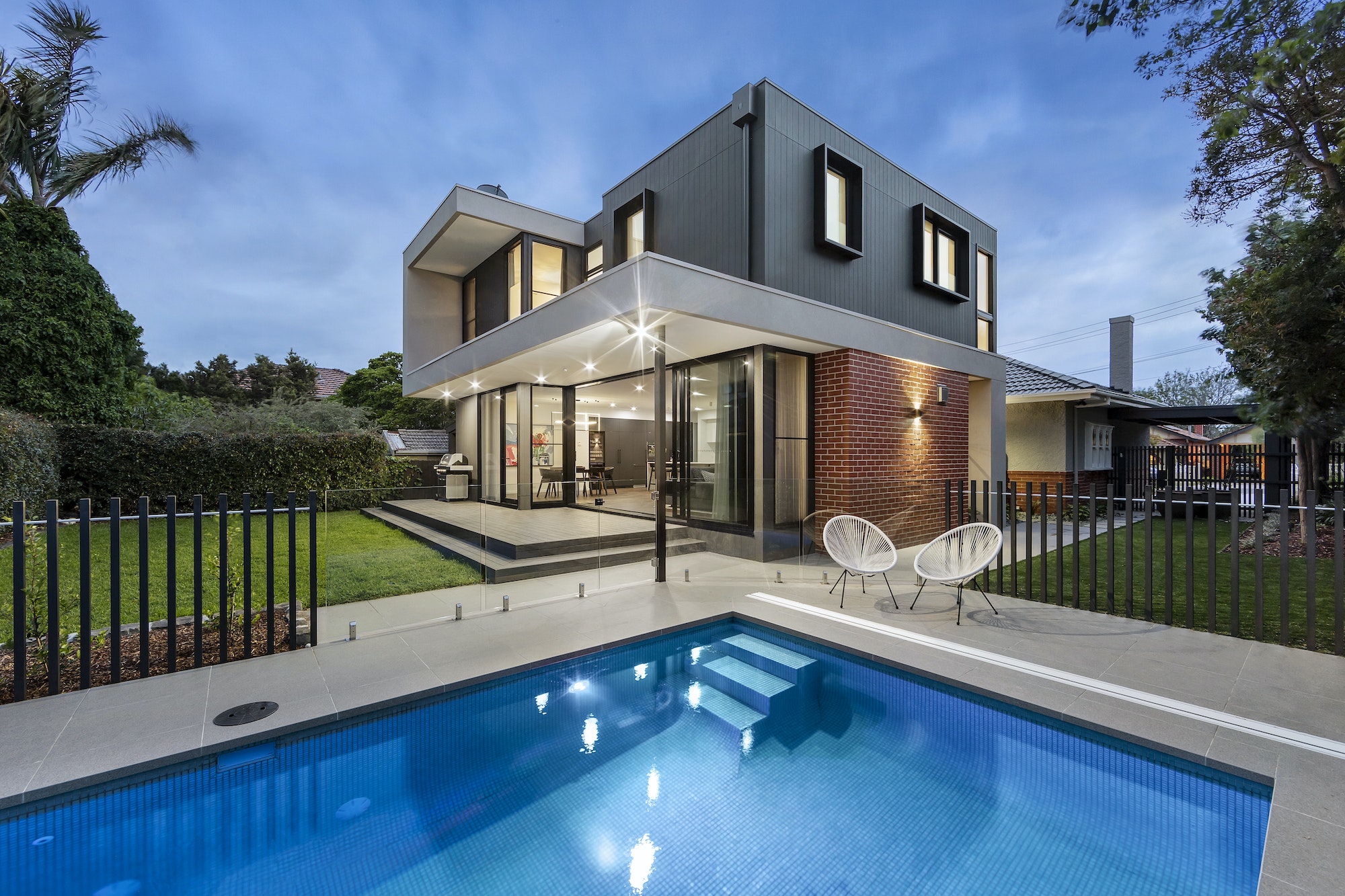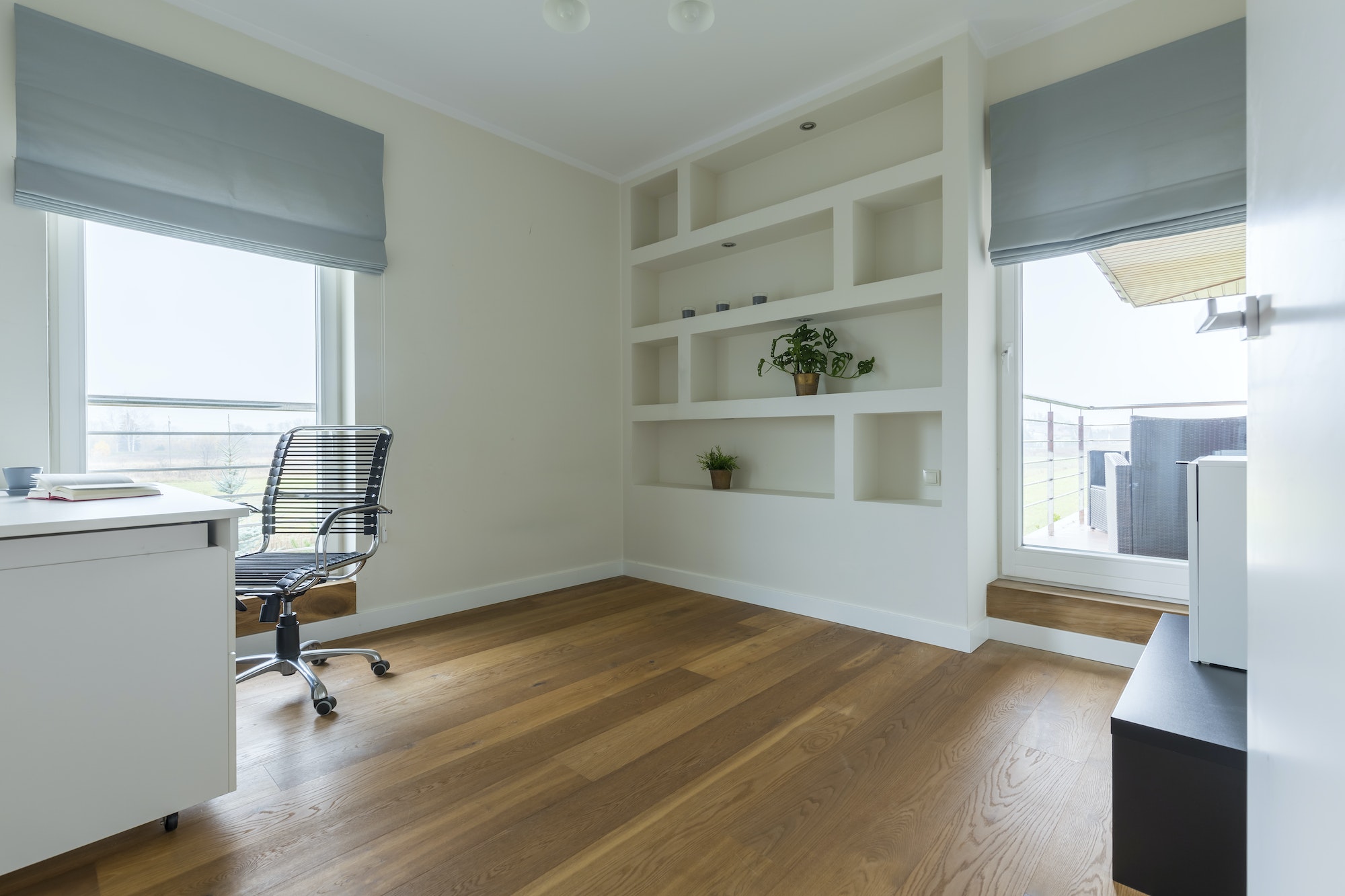Home upgrades can be an exciting and fun way to spruce up your home, but they also come with a lot of planning and considerations. Before you start your project, it’s important to think through the factors that will contribute to the success of your project. There are seven key aspects to consider in order to ensure that your home upgrade goes as smoothly and efficiently as possible.
1. Budget for important upgrades
The first, and most important, factor to consider when beginning your home upgrade is your budget, especially for more important projects. It’s essential to have an idea of how much you want to spend on the project before you get started so that you don’t overextend yourself financially. If you want to add storm-proof sliding doors, for example, you want to make sure that you can afford the high-end materials and professional installation costs. The next factor to consider is the scope of the project. Before you start, determine exactly what you want to be done and how far your upgrade should reach. Be sure that you are realistic with yourself when creating a timeline for completion and don’t over-promise or underestimate the amount of time it will take for a job of this size.
2. Timing
The timing of the project is just as important as the budget, if not more so. Consider when it would be best to start and finish the project, whether it’s during a certain season, on weekends, or during the weekdays. This will help you plan out a timeline that won’t be too stressful or create conflicts with other commitments.
For instance, if your home upgrade involves painting the exterior of your house, it’s best to wait until the weather is warm and dry so that the paint doesn’t get ruined. You don’t want to start painting in the middle of winter or during a rainstorm. Even if you’re doing the project yourself, it’s still important to be mindful of when is best to start so that you don’t end up with a botched job.
3. Quality of Materials
Even if you’re working with a tight budget, it’s important to make sure that you are using quality materials in your home upgrade. High-quality materials not only look better but also last longer, which will save you money in the long run. The materials will also determine the durability and longevity of your project, so it’s important to make sure you’re using something that won’t need constant maintenance and repairs.
4. Design Considerations

When planning a home upgrade, it’s important to take into consideration the overall design of your space. This includes both aesthetics and function. Think through how you want the room to look, as well as how comfortable it should be and how it should serve its purpose. The design should also take into account any safety and energy efficiency features that you want to incorporate. If you’re unsure, consider hiring a professional to help you create a plan that works for your space.
5. Professional Support
Depending on the size and scope of your project, you may need to enlist some professional help. Consider hiring an architect or contractor who can help guide you through the process and provide practical advice. This will ensure that your home upgrade is done properly and safely. While it may cost a bit more to hire professionals, it can save you money and headaches in the long run.
6. Permits and Regulations
Be sure to check with your local government or municipality for any regulations or permits you may need for the project. This will help you avoid any potential legal issues down the line. The permits can also help you keep track of your progress and make sure that you’re adhering to all applicable building codes. A lot of projects, such as plumbing and electrical work, may also require inspections throughout the process to ensure that everything is up to code.
7. Maintenance Plan
Finally, it’s important to have a maintenance plan for your home upgrade. Once the project is complete, you’ll need to make sure that you’re taking care of it properly in order to ensure its longevity. Do research on the materials used and understand any special cleaning or repair instructions. This will help keep your upgrade looking and working as well as new for years to come. To make things even easier, create a maintenance schedule and stick to it. That way, you won’t have to worry about forgetting any important steps in caring for your home.
By taking all of these factors into consideration, you can ensure that your home upgrade project goes as smoothly and efficiently as possible. With the right planning and preparation, your project will be a success! So, before you begin, take the time to do your research and consider all aspects of the project. Doing so will make it easier to create a plan that fits both your budget and timeline.
Discover more from Futurist Architecture
Subscribe to get the latest posts sent to your email.




